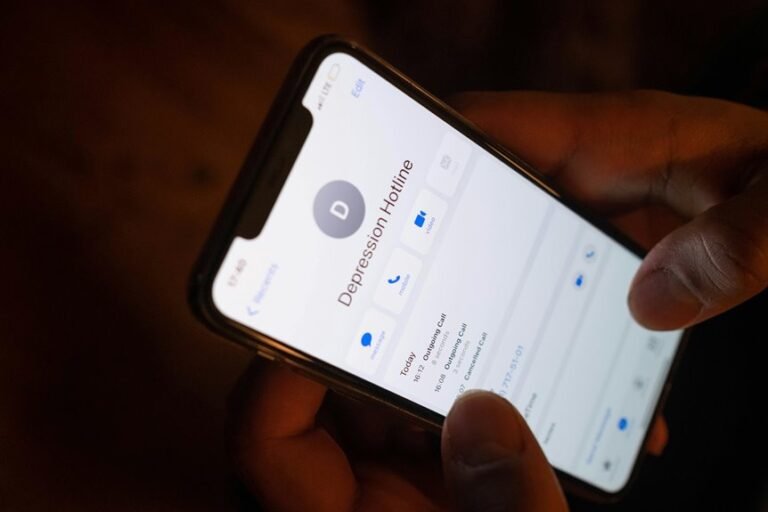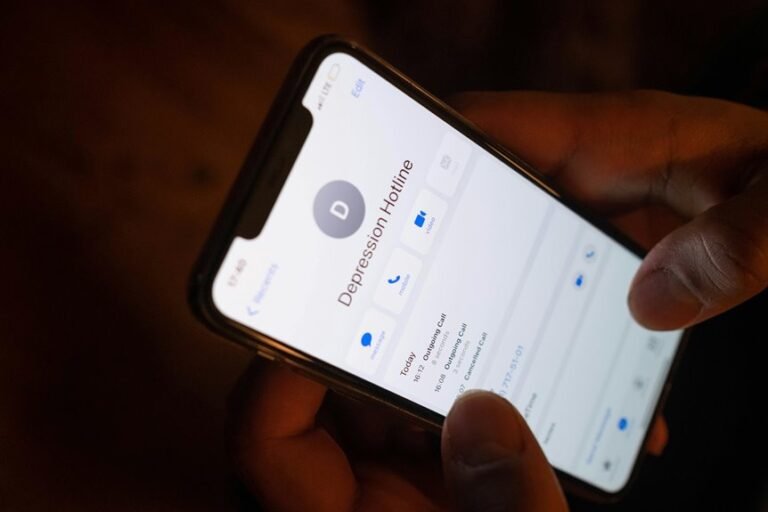Who Called You From 5135063260, 5135384553, 5135384574, 5135993000, 5136470411, and 5136555021? Verify Now
The numbers 5135063260, 5135384553, 5135384574, 5135993000, 5136470411, and 5136555021 have raised concerns among recipients. Understanding the origin and intent behind these calls is crucial. Reverse phone lookup services can provide essential information regarding the callers. Moreover, various tools exist to enhance caller identification. Uncovering the truth about these numbers may reveal patterns that could influence how one manages future calls. What might these insights reveal?
Understanding the Caller ID: What These Numbers Could Mean
Understanding caller ID is essential for discerning the nature of incoming calls, as it provides critical information about the origin and legitimacy of the number displayed.
By analyzing caller location and associated data, individuals can identify potential scams that exploit unsuspecting victims.
Recognizing the nuances of caller ID empowers users to protect their privacy and make informed decisions regarding their communications.
How to Identify Unknown Callers
How can one effectively identify unknown callers in an era dominated by telemarketing and scams?
Employing caller identification methods, such as reverse phone lookup services and caller ID databases, can provide valuable insights.
Additionally, utilizing unknown caller apps enhances detection by filtering suspicious numbers.
These tools empower users to reclaim their autonomy from unwanted disturbances, ensuring a more secure communication experience.
Tips for Handling Unwanted Calls
What strategies can one employ to effectively manage unwanted calls?
Implementing call blocking features on devices is essential for immediate relief. Additionally, practicing caller etiquette by not engaging with persistent callers can deter future interruptions.
Users should also consider reporting spam numbers to relevant authorities, fostering a collective effort to diminish unwanted communication. These proactive measures enhance autonomy over personal communication channels.
Conclusion
In the age of digital communication, discerning legitimate calls from potential scams is crucial. By employing reverse phone lookup services and caller ID databases, individuals can protect their privacy and make informed decisions about incoming calls. As the adage says, “An ounce of prevention is worth a pound of cure.” Taking proactive measures to identify unknown callers can save time, stress, and potential financial loss, ensuring a more secure communication environment.






